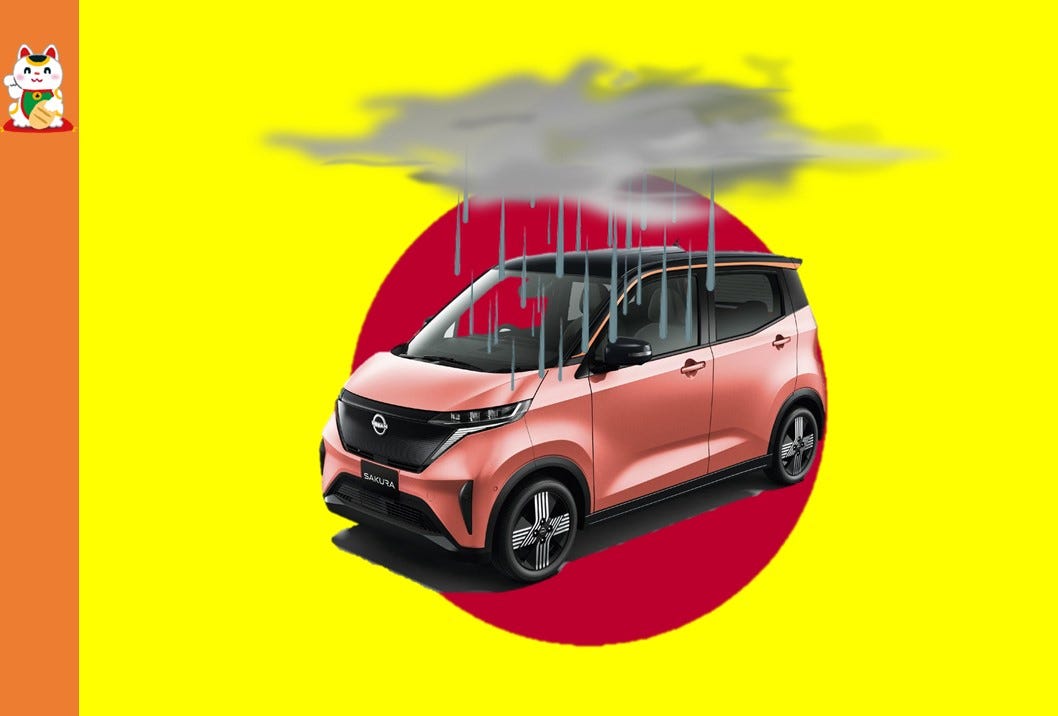Japanese automakers have been global leaders in automotive technology for decades, but the transition to electric vehicles (EVs) has revealed significant gaps. In 2022, Japanese cars accounted for less than 5% of battery-electric vehicle (BEV) sales worldwide.
This starkly contrasts with the rapid advancements made by Chinese and American manufacturers,…
Keep reading with a 7-day free trial
Subscribe to KonichiValue Japan to keep reading this post and get 7 days of free access to the full post archives.



